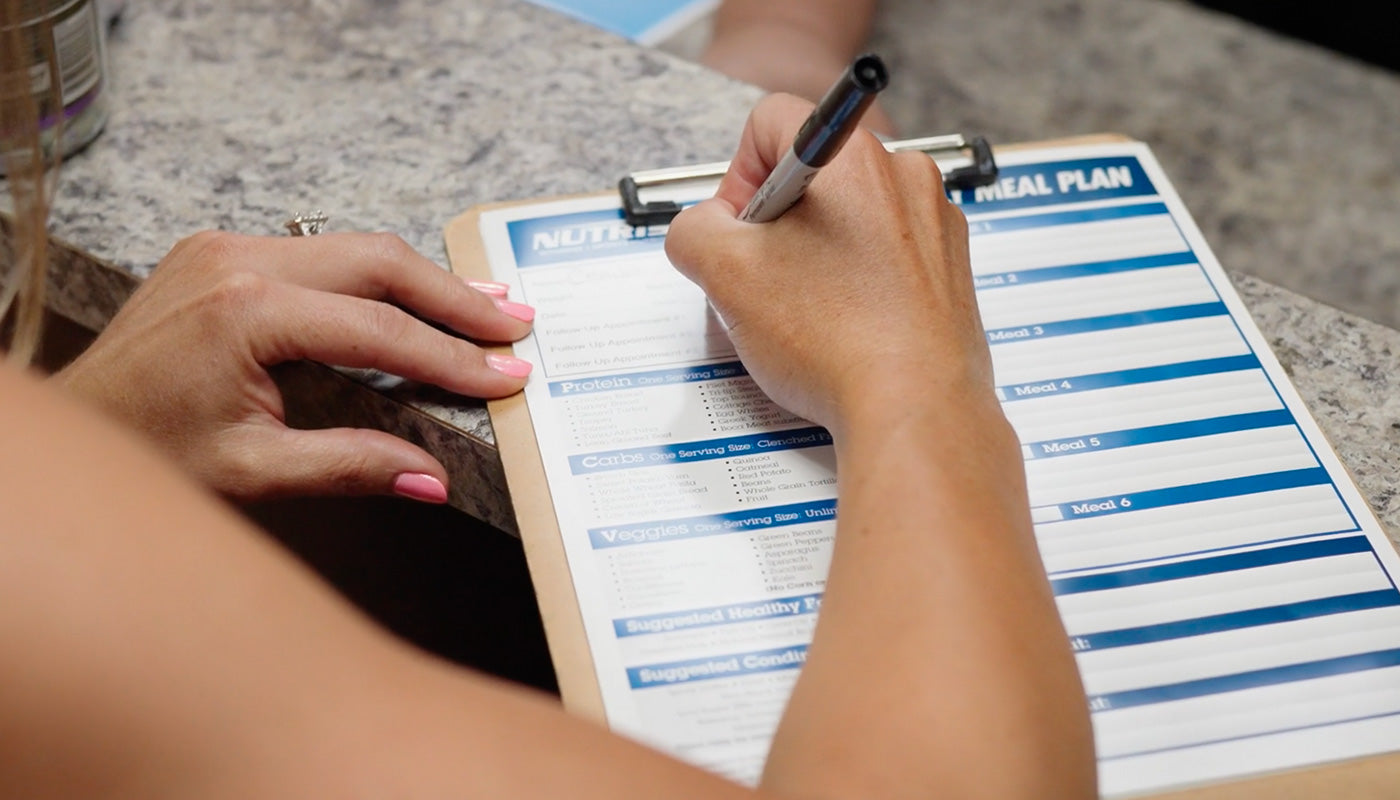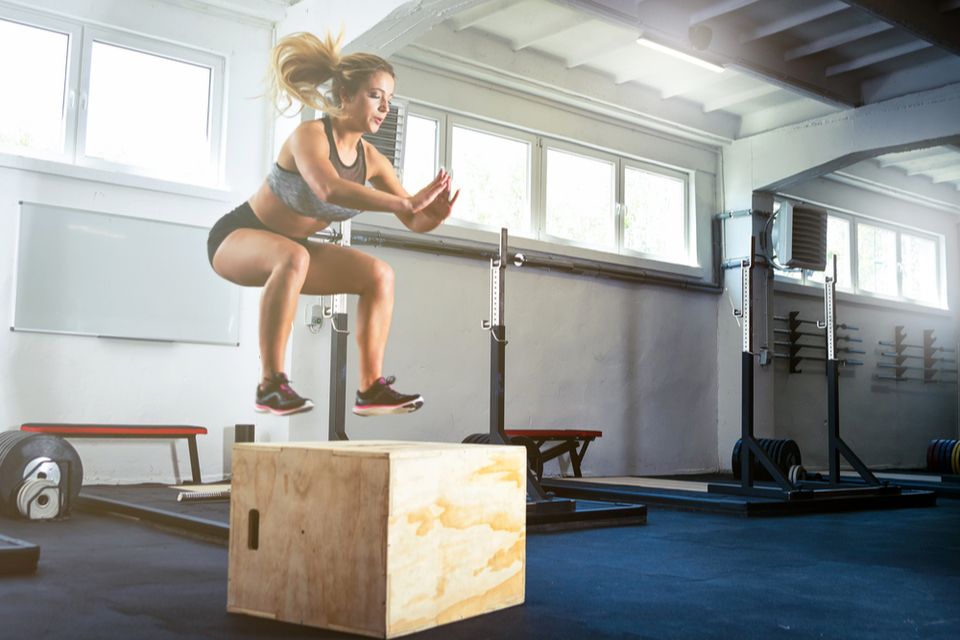The gym may be your sanctuary to deal with the stress of the world, but what do you do the rest of the day to manage the constant demands of work and life? Mindfulness, the present moment focused approach, is a breath of fresh air for our multitasking and social media-obsessed culture.
Mindfulness increases our present moment awareness allowing our focus to be in the here and now. This intentional focus on the present moment brings us out of a state of guilt or stress about the past and our fears and anxiety about the future. Dropping the distracting habit of over-analyzing our past or planning for the future frees you up to give your full self to what is happening in right front of you. Often, our minds are on autopilot, causing many to respond to situations in life with knee-jerk reactions rather than the conscious choices that a focused mind makes.
Benefits of Mindfulness
The benefits of mindfulness are abundant. It can help relieve stress, anxiety, reduce pain, increase focus, and even improve athletic performance. Rather than going through life responding to situations distracted, causing making knee-jerk reactions, a mindful approach allows space between our thoughts and our actions and the insight into our feelings. This space will enable us to choose how to respond to life rather than being swept up in it, putting you in the driver’s seat of your own life.
Are you now ready to begin your mindfulness journey? Before you set off to break a mental sweat, consider which mindfulness approach is most attractive to you. Some find the traditional sitting on a meditation pillow and breathing slowly or intentionally to be their path to the present, while others like to mix it up and try a more active practice. Mindfulness is less about action and more of a way of being. Therefore, almost anything you
dream up can be turned into a mindfulness practice, from yoga and breathing exercises to eating, painting, or even brushing your teeth.
Any activity you intentionally decide to perform while focused entirely on the present moment becomes a mindfulness exercise. However, if trying a custom practice isn’t for you, don’t worry. There is an abundance of apps, playlists, workshops, coloring books, YouTube videos, podcasts, and more all dedicated to help you cut through your distractions and honestly be at peace.
Choose It Then Do It
To develop your practice, start by choosing what you would like to observe. Popular choices can include something in nature, your breathing, a piece of music, food, your body as it stretches or walks or runs, the sounds from the street, a daily chore, or the scent of a candle, or the temperature of the air around you.
Next, set a length of time for this observation practice and minimize distractions. You could start with one minute and work your way up to five.
Then, begin to breathe and focus your full attention on your chosen activity observing it as if you’ve never seen (or heard, or tasted) this before and you want to gather all the details you can. As you become distracted, which you will, either by your internal thoughts or external things, gently guide your focus back to your practice as soon as you notice you’ve been distracted.
Remember not to judge your practice or place expectations to reach a certain state of nirvana. Often when people first start to sit in stillness, it can feel uncomfortable. We are in a distraction-heavy time, and our minds are bombarded with chatter.
Don't Judge
One of the key tenants of mindfulness is to practice non-judgment. Rather than trying to determine if you are “doing it right,” move your attention to noticing all you can about your practice. Drink in every small detail of your experience. Notice things like the temperature of the air you are breathing, the texture of the surface you are sitting or standing on, or the rise and fall of your chest as you inhale and exhale.
When you’ve finished your practice, take a few deep breaths before returning to your everyday responsibilities. Take it further by setting an intention to connect back with mindful awareness as often as you can throughout your day by simply observing a few breathes whenever you find yourself distracted, anxious, or stressed.
As with any skill you train, the more you practice mindfulness, the stronger you will be. As it becomes prevalent in your daily life, this practice will help reduce stress and increase your ability to remain calm amidst a busy and chaotic world.
– By Kelly Spartonos, LCSW, Licensed Clinical Social Worker, mindfulness coach, speaker, and motivational speaker
NEXT UP: How To Combat 'Busyness'







